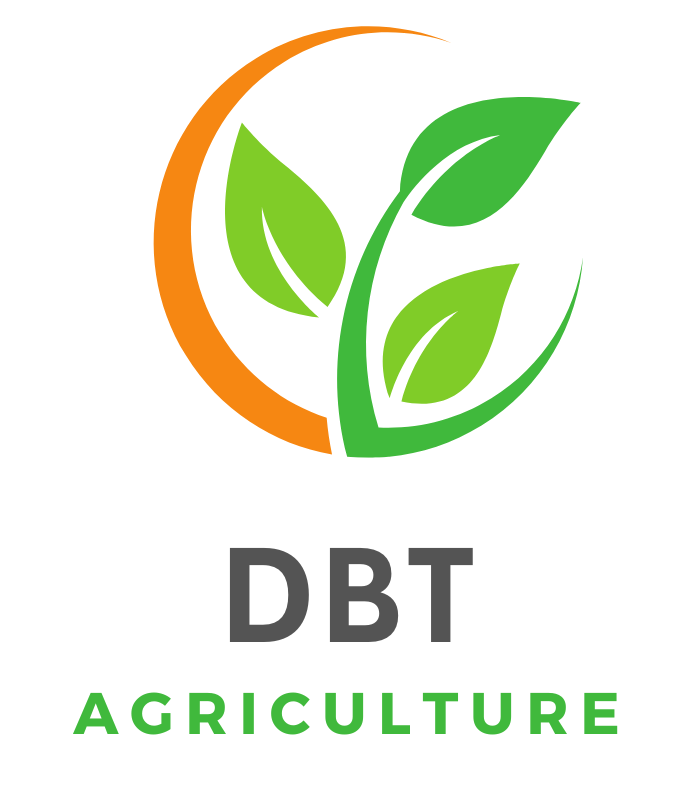Organic farming has been gaining significant traction over the last decade as more consumers prioritize sustainable and chemical-free food options. This growing demand presents a unique opportunity for entrepreneurs willing to invest time and resources into organic farming. However, like any business, starting and managing an organic farming enterprise comes with its challenges.
Whether you’re considering entering the organic farming industry or looking to improve your current operations, this guide will walk you through the costs, profit potential, and government subsidies available to support your success.
Introduction to Organic Farming
Organic farming refers to the agricultural practice of growing crops and raising livestock without synthetic pesticides, herbicides, or fertilizers. Instead, it emphasizes eco-friendly techniques such as crop rotation, composting, and biological pest control. Apart from being better for the environment, organic farming often yields healthier, tastier, and more appealing products for consumers.
With an increasing number of people opting for organic foods, the market for these products is expected to grow to $380 billion globally by 2025. This presents farmers and entrepreneurs a lucrative opportunity to align their business goals with sustainable practices.
Understanding the Costs Involved
While the organic farming industry is attractive, it’s important to first understand the costs required to kick-start and maintain such a venture.
Initial Investment
The initial costs involved in setting up an organic farm can vary depending on the size of the farm and the crops you intend to grow. Key investments include:
- Land Acquisition or Lease: Buying or leasing certified organic land can be costly, especially in high-demand regions. Alternatively, transitioning conventional land to organic standards can take around three years and involve additional costs.
- Equipment and Infrastructure: Depending on your crops, you might need irrigation systems, tractors, greenhouses, and storage units.
- Organic Certification Fees: To legally sell your produce as organic, you’ll need certification from an accredited body, which involves application fees, annual inspections, and other expenses.
Operational Costs
Once your farm is operational, ongoing expenses include:
- Seeds and Seedlings: Organic seeds are often more expensive than non-organic ones.
- Organic Inputs: Compost, organic fertilizers, and pest control options such as neem oil or ladybugs.
- Labor: Organic farms typically require more manual labor compared to conventional farms.
- Marketing and Distribution: Branding, packaging, and transporting your produce to markets or customers incur additional costs.
Potential Profits and Revenue Streams
Despite higher upfront costs, organic farming can be highly profitable, thanks to premium pricing and diversified revenue streams.
Crop Sales
With demand for organic produce steadily rising, selling fresh fruits, vegetables, or grains can fetch significantly higher prices compared to conventional products. For instance:
- Organic strawberries often sell for up to twice the price of regular ones.
- Wheat and other grains also can command higher prices, especially when sold directly to niche markets.
Value-Added Products
Expanding your business into value-added products can greatly increase profitability. Ideas include:
- Organic Jams, Pickles, and Sauces
- Cold-Pressed Oils
- Organic Herbal Teas
Products like these not only have high margins but also help build your brand within the organic niche.
Government Subsidies and Support
Many governments around the world actively support organic farming through subsidies and loans to promote sustainability. These can significantly ease financial burdens.
Available Grants
Depending on your location, you can apply for grants that help cover certification costs, infrastructure upgrades, or training programs. For instance:
- EU Green Deal Subsidies provide financial incentives for farmers adopting eco-friendly practices.
- USDA Organic Certification Cost-Share Program reimburses up to 75% of organic certification costs for US farmers, up to $750 annually.
Loan Programs
Additionally, several low-interest or interest-free loans are available to facilitate sustainable farming practices. Examples include:
- Farm Service Agency (FSA) Microloans in the US, designed to support small-scale organic farmers.
- National AgriCredit Schemes in India, offering affordable credit to organic farmers.
Accessing these financial resources can significantly reduce your upfront and operational costs, making organic farming more feasible.
Case Studies of Successful Organic Farms
Sunny Greens Farm (California, US)
Sunny Greens transitioned to organic farming in 2015 and now grows seasonal vegetables sold directly at local farmers’ markets. With support from USDA grants, they expanded operations to include a thriving CSA (Community Supported Agriculture) subscription model.
Green Finger Organic Estate (Kerala, India)
This mid-sized organic farm focuses on producing herbal teas and oils for domestic and export markets. Government subsidies and training programs helped them adopt efficient composting methods, reducing costs by 30%.
These examples highlight how strategic investments, supported by subsidies and effective marketing, can translate to sustainable profitability in organic farming.
Tips for Starting Your Own Organic Farm
Thinking of starting your own organic farming business? Here are some tips to help you get started:
- Research Your Market: Understand what organic products are in demand in your region. This will help you decide which crops or products to focus on.
- Start Small: Begin with a manageable plot of land, and expand as you grow more confident in organic farming methods.
- Leverage Technology: Use tools such as soil testing kits and farm management apps to optimize productivity.
- Network within the Community: Join associations like the Organic Trade Association to connect with industry experts and farmers.
- Focus on Branding: Invest in attractive packaging and storytelling to set your products apart in the competitive organic market.
Reshaping Agriculture for a Sustainable Future
Organic farming isn’t just a business; it’s a movement toward ecological sustainability and healthier living. With careful planning, access to government subsidies, and a focus on market needs, starting an organic farming business can be both profitable and impactful.
If you’re ready to take the plunge into organic farming, start small but think big. Identify what crops or products resonate with your local and global markets, access financial support, and build a sustainable future for your farm and the planet.
